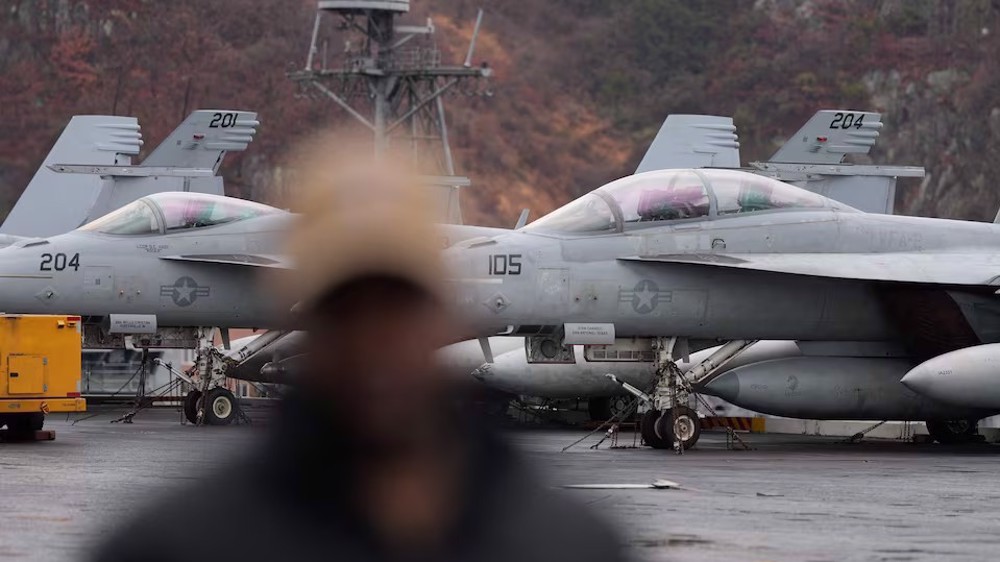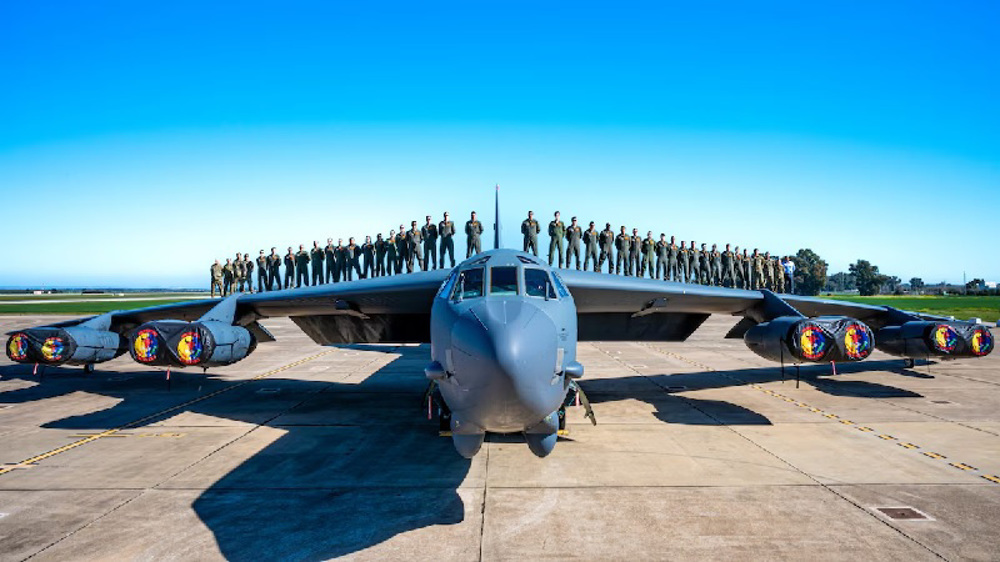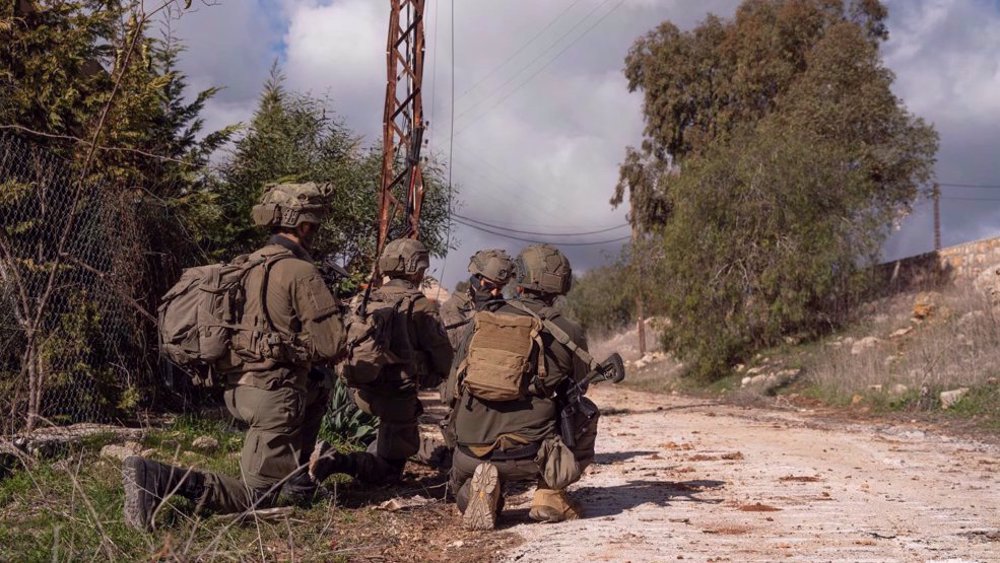US inks secretive deal with Lockheed, Raytheon for nuclear cruise missiles
The US Air Force has struck a secretive deal with weapons manufacturers Lockheed Martin Corp and Raytheon to develop a new cruise missile capable of delivering nuclear payloads.
Under the contract, the two companies would receive around $900 million apiece to work on the Long Range Standoff weapon, or LRSO, over the course of a 54-month technology maturation and risk reduction phase, the USAF said Wednesday.
Due to the project’s highly confidential nature, the force refused to shed more details.
The LRSO is slated to replace the ageing AGM-86B air-launched cruise missile, commonly known as the ALCM. Despite their 10-year lifespan, the USAF says the 80s-era missiles are still safe to use.
However, the US military feels it needs more advanced weapons to use against the enemy’s modernized defenses.
“This weapon will modernize the air-based leg of the nuclear triad,” US Air Force Secretary Heather Wilson said in a statement. “Deterrence works if our adversaries know that we can hold at risk things they value. This weapon will enhance our ability to do so, and we must modernize it cost-effectively.”
The USAF will decide in the fiscal year 2022 that which company is best suited to conduct the engineering phase of the LRSO project.
American strategic nuclear bombers B-52, B-2 and B-21 are first in line to be equipped with the new missile. The initial fielding is slated for late 2020s.
The new contract was a blow to Boeing, the company behind the current ALCM. A spokeswoman said the company was “disappointed” by the news and was awaiting more information from the officials.
This is the second nuclear weapons project the Pentagon has announced this week.
On Monday, the Air Force tapped Boeing and Northrop Grumman for technology maturation activities associated with the Ground Based Strategic Deterrent missile, which will replace the current Minuteman III intercontinental ballistic missiles (ICBMs).
Boeing and Northrop were awarded $349 million and $328 million respectively to continue the project over the course of the three-year contract.
Besides missiles, the US nuclear triad features a relatively large number of ageing nuclear bombers and submarines in need of modernization.
The Pentagon says it needs $350 billion to upgrade the whole triad along with America’s some 7,000 nuclear warheads. Some reports put the cost at around $1 trillion.

North Korea slams US military provocations

US B-52 bombers in West Asia do not scare Iran

US, France want mercenaries deployed in south Lebanon: Report
Hundreds of factories closed in Syria under HTS rule: Report
VIDEO | Israel’s plan for West Bank
VIDEO | Palestine’s status to Nasrallah
Bahrain detains activist for posts critical of kingdom's policies
Trump threatens to deport, arrest pro-Palestine students for protests
VIDEO | EU leaders scramble to address Trump's trade war threat
VIDEO | Press TV's news headlines
VIDEO | Belgian journalist lambastes Israeli aggression against Palestinians








 This makes it easy to access the Press TV website
This makes it easy to access the Press TV website